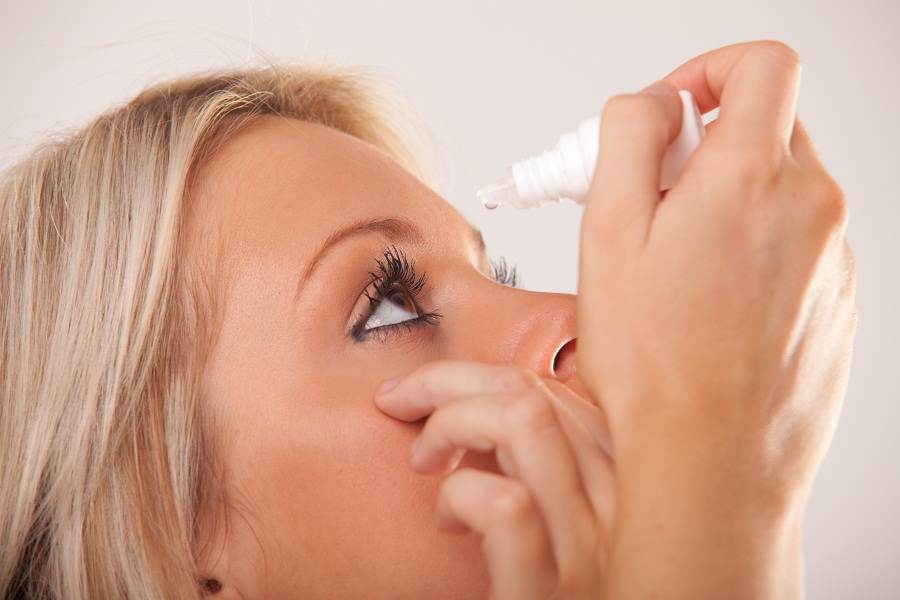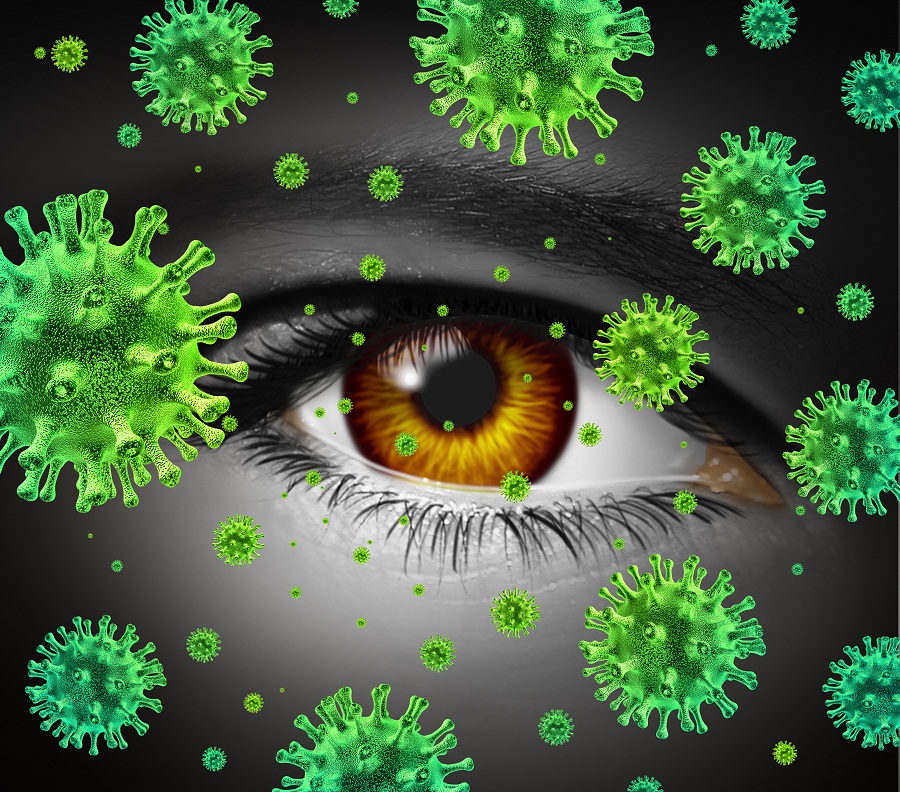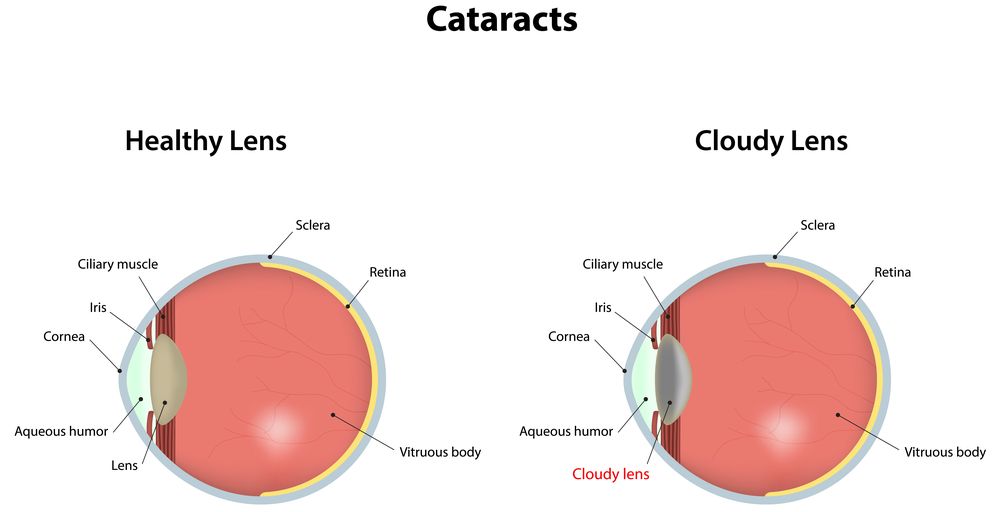If your eyes are red, itching, tearing or burning, you may have an eye allergy, a condition that affects millions of people worldwide. Learn all about allergy eyes and how to get them relieved.

Eye allergies occur when your body’s immune system becomes sensitive and hyper-reactive to something in your surroundings that generally causes no problem in majority of people. An allergic reaction can take place when an irritant or allergen interacts with antibodies attached to the mast cells present in your eyes. Due to this interaction, the mast cells stimulate the release of histamine and other substances or chemicals that cause tiny blood vessels to leak and the eyes to become itchy, red and watery.
Also Read: 8 Genius Ways To Use Veggies for Weight Loss and Boosting Health
Eye Allergy Symptoms
Eye allergy symptoms are based upon the various types of allergies. Following are the different types of eye allergies and their symptoms:
Seasonal and perennial allergic conjunctivitis
Seasonal allergic conjunctivitis (SAC) is certainly the most widespread of all eye allergies. Symptoms of this type vary with changing seasons, depending on the type of plant pollens in the air. Typical symptoms include redness, itching, burning and watery discharge.
Perennial allergic conjunctivitis (PAC), as its name indicates, occurs throughout the year. Symptoms of PAC are the same as with SAC, but are comparatively milder. They are caused by reactions to mold, dust mites, pet dander or other household allergens, instead of pollens.
Vernal keratoconjunctivitis
Vernal keratoconjunctivitis is a more severe eye allergy than seasonal and perennial allergic conjunctivitis. While it can occur year-round, symptoms may worsen seasonally. It mainly affects boys and young men. Patients with conditions like eczema and asthma are more prone to vernal keratoconjunctivitis. Symptoms include itching, significant production of tears and thick mucus, foreign body sensation, photophobia and if left untreated it can impair your vision.
Atopic keratoconjunctivitis
This type of allergy is mainly seen in older patients, especially those who have a history of allergic dermatitis. Symptoms of a topic keratoconjunctivitisare severe itching, redness, burning, considerable production of thick mucus that can cause your eyelids to stick together, and if left untreated, it can cause scarring of the cornea and it’s delicate membrane.
Contact allergic conjunctivitis
Contact allergic conjunctivitis can result from irritation flared up by contact lenses or by the proteins from tears that bind to the surface of the lens. Its symptoms include redness, mucous discharge, itching and lens discomfort.
Giant papillary conjunctivitis
Giant papillary conjunctivitis is a serious type of contact allergic conjunctivitis. In this condition fluid pouches, or papules, arise in the upper lining on the inside of your inner eyelid. Symptoms include tearing, itching, mucous discharge, puffiness, poor tolerance for wearing contact lenses, blurred vision, and the feeling of having something in the eye.
Eye allergy relief and treatments
Wear glasses when outdoors to minimize contact of pollens with your eyes.
Strictly avoid rubbing your eyes. This will irritate your eyes and can worsen your condition.
Reduce your exposure to dust mites, especially inside your bedroom. You can use mite-proof covers for pillows, mattresses, comforters, duvets, and box springs. Wash your bedding frequently in hot water.
Wash your hands immediately after petting any animals. Wash your clothes after visiting friends with pets.
Nonprescription (over-the-counter or OTC) allergy eyedrops and oral medications are commonly used for providing short-term relief from itchy eye allergies. They may not relieve all symptoms, and prolonged use of some OTC allergy eyedrops may actually cause your condition to worsen.
Prescription allergy eyedrops and oral medications also are used to treat eye allergies. The prescription drops provide both short- and long-term targeted relief of eye allergy symptoms. Your allergist can help determine which treatments are best for you.
Also Read: Health and Hygiene: Stinky Feet Be Gone!
Conclusion: Eye allergy symptoms include redness, burning sensation, tearing, and swelling of eyes. Eye allergies take place when the body’s immune system reacts to something that is normally harmless, called an allergen. Eye allergy treatment includes avoiding allergens and using eye drops and/or medications.



